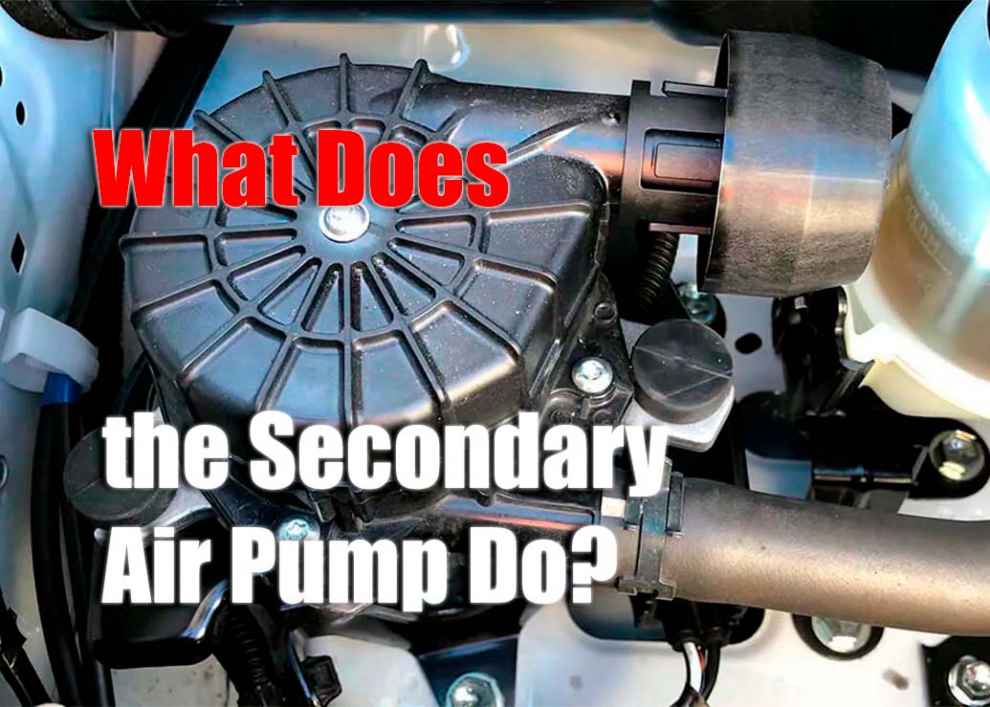The secondary air pump is an often overlooked but essential part of a car’s emissions system. While most people know the importance of their vehicle’s primary air pump, the SAP is just as important and requires regular maintenance to ensure your vehicle is in top working order. This article will explore the role of a SAP, discuss its maintenance requirements, and provide tips for keeping your air pump running smoothly. We’ll also explore how to diagnose any potential issues and when it might be time to replace your SAP. By understanding what this component does and ensuring it is maintained properly, you can keep your vehicle running optimally and protect yourself from costly repairs down the road.
What Does a Secondary Air Pump Do?

What Happens If My Secondary Air Pump Fails?
When an SAP malfunctions, it can cause multiple issues in your vehicle. First, your car’s emission levels will increase significantly, leading to higher levels of pollutants being released into the air. Additionally, the number of unburned hydrocarbons produced during normal engine operation will increase, leading to more smog production from your vehicle. Finally, without a working SAP, the catalytic converter may not reach its optimal temperature quickly enough during cold start-ups. It means it won’t be able to efficiently convert harmful emissions into less toxic gases and vapors as quickly as it should.
How Can I Maintain My Secondary Air Pump?
Keeping your SAP up to date is easy and uncomplicated. It’s important to regularly inspect your pump for signs of wear or damage, like cracks in the casing or leaking hoses and gaskets. Moreover, you must ensure that all hoses are correctly attached, and that the system has no blockages. Regularly checking these components can help keep your pump running smoothly and ensure it works properly. If any problems arise, you should immediately take your car in for service so a mechanic can diagnose and repair any issues before they become serious enough to require replacing the pump.
Conclusion
The secondary air pump is an often overlooked but essential part of a car’s emissions system.
It enhances fuel efficiency and lowers exhaust emissions by injecting secondary air into the exhaust system during cold starts. Additionally, it helps lower the number of unburned hydrocarbons produced during regular engine operation, reducing your vehicle’s smog production. You should regularly inspect your SAP for signs of wear or damage, keep all hoses appropriately connected, and check for blockages in the system to ensure that your pump is running efficiently. If any issues arise, it’s essential to take your car in for service as soon as possible so any repairs can be done before a complete pump replacement is required.

Add Comment